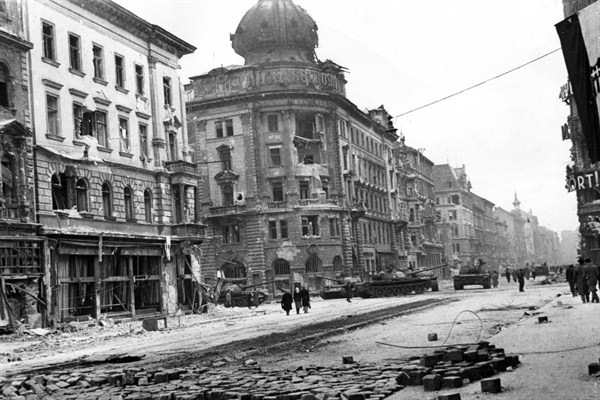Like many classic mystery stories, the Povl Bang-Jensen affair involved an agitated dog. The name and breed of the animal are not recorded. But we know that at roughly 8 a.m. on Thanksgiving Day, Nov. 26, 1959, Paul Carahalios of Bayside, Queens, took his dog for its regular morning walk. Temperature records suggest that it was chilly but tolerable as they made their way as usual through Alley Pond Park, a stretch of reclaimed marshland on the north shore of Long Island where New York City meets the suburbs. Yet it soon became clear that something was amiss.
The dog, Carahalios told investigators, “seemed to go crazy for no reason at all.” Unable to calm his pet down, he grumpily headed back home. It was only later that Carahalios would deduce that they had been within 50 or 100 feet of the body of Povl Bang-Jensen, a former Danish diplomat, United Nations official and humanitarian worker. Bang-Jensen was found by two other dog-walkers later that day with, in the hard-boiled prose of a later U.S. Senate report, “a bullet through his right temple, a revolver in his right hand, a suicide note in his wallet.”
The discovery of Bang-Jensen’s remains, 60 years ago last month, was the culmination of a scandal that rocked the U.N. at the time, but has been largely forgotten since. In the years leading up to his death, Bang-Jensen fought a public battle with senior U.N. officials over its response to the Soviet invasion of Hungary in 1956. Having investigated Soviet abuses, he became convinced that the U.N.’s leaders wanted to bury the evidence, and that communist operatives were manipulating the process. He was, according to varying accounts at the time, either highly principled or dangerously obsessive in his pursuit of justice over the dispute.

